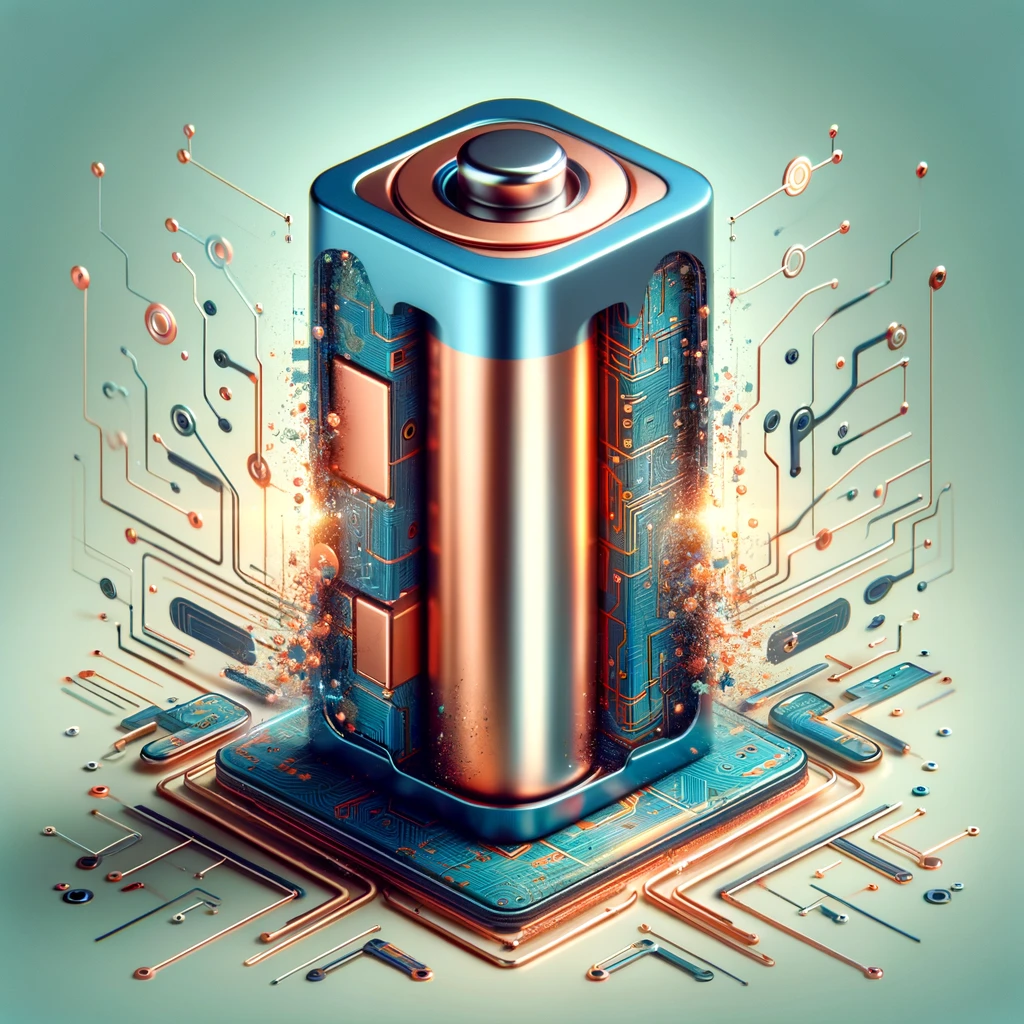As the electric vehicle (EV) industry continues to surge, the spotlight is shifting towards a critical component that plays a vital role in enhancing battery efficiency: copper foil. This article explores the significance of copper foil in EV batteries and how it is driving the transition to a more sustainable future.
Why Copper Foil is the Ideal Choice for EV Batteries
Copper foil is extensively used in the lithium-ion batteries that power electric vehicles, and for good reason:
- High Electrical Conductivity: Copper’s exceptional conductivity ensures efficient electron flow, maximizing battery performance and enabling faster charging.
- Thermal Management: The excellent heat dissipation properties of copper help maintain optimal battery temperatures, preventing overheating and prolonging battery life.
- Mechanical Durability: Copper’s robustness contributes to the longevity of EV batteries, withstanding the stresses of repeated charging cycles.
Advancements in Copper Foil Manufacturing for EV Batteries
Continuous innovations in copper foil manufacturing techniques are further enhancing its performance in EV batteries:
- Thinner, Lighter Foils: State-of-the-art rolling processes produce thinner copper foils, reducing overall battery weight without compromising performance.
- Improved Adhesion: Advanced surface treatments increase the adhesion between copper foil and active battery materials, improving stability and extending battery lifespan.
- Sustainable Production: Manufacturers are adopting eco-friendly practices, such as using recycled copper and optimizing energy consumption, to reduce the environmental impact of copper foil production.
The Synergy Between Copper Foil and Renewable Energy
Copper foil not only enhances EV battery efficiency but also plays a crucial role in integrating EVs with renewable energy sources:
- Energy Storage: EV batteries utilizing copper foil can efficiently store excess electricity generated from solar and wind power, promoting the use of clean energy in the transportation sector.
- Smart Grids: Copper foil’s conductivity enables efficient energy transfer between EVs and smart grids, facilitating vehicle-to-grid (V2G) technology and supporting grid stability.
- Sustainable Ecosystem: The integration of copper foil, EV batteries, and renewable energy creates a sustainable ecosystem that reduces carbon emissions and dependence on fossil fuels.
Driving the Future of Sustainable Transportation
As the demand for electric vehicles continues to rise, the importance of copper foil in ensuring battery efficiency and sustainability cannot be overstated. Ongoing research and development in copper foil technology aim to:
- Enhance Performance: Further improvements in conductivity, thermal management, and durability will push the boundaries of EV battery efficiency.
- Optimize Manufacturing: Advancements in production processes will enable the mass production of high-quality copper foil to meet the growing demand from the EV industry.
- Promote Recycling: The development of efficient recycling technologies for copper foil and EV batteries will contribute to a circular economy and reduce the environmental impact of battery production.
Conclusion: Copper Foil is Powering the Electric Vehicle Revolution
In conclusion, copper foil is not just a component; it’s a catalyst for the transformation of the electric vehicle industry. Its exceptional properties and the ongoing innovations in manufacturing and recycling make it a key player in the pursuit of a more sustainable and efficient future.
As we navigate the road ahead, copper foil will continue to be at the forefront of the EV revolution, powering the batteries that drive us towards a greener tomorrow.



